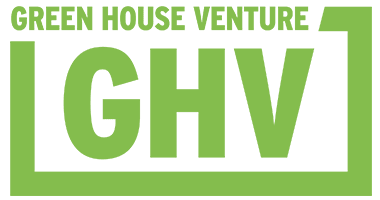Location/Map
IN THE HEART OF THE CITY
Blossoming from its roots in 2015, the Green House Venture has emerged from a fledgling idea into an established program that aspires to serve as a nationwide model for elementary education in bio-science and urban agriculture. Our focus on bioscience education stems from two compelling realities facing our region:
St. Louis has emerged as the “bio-belt” of the country with a growing number of businesses and institutions geared toward plant and medical sciences and biotechnology, and the demand for technical talent greatly exceeds the supply of local scientists.
Urban populations are expected to explode by mid-century, and major metropolitan areas like St. Louis will need to develop more effective and efficient methods to produce and deliver food within the urban core.
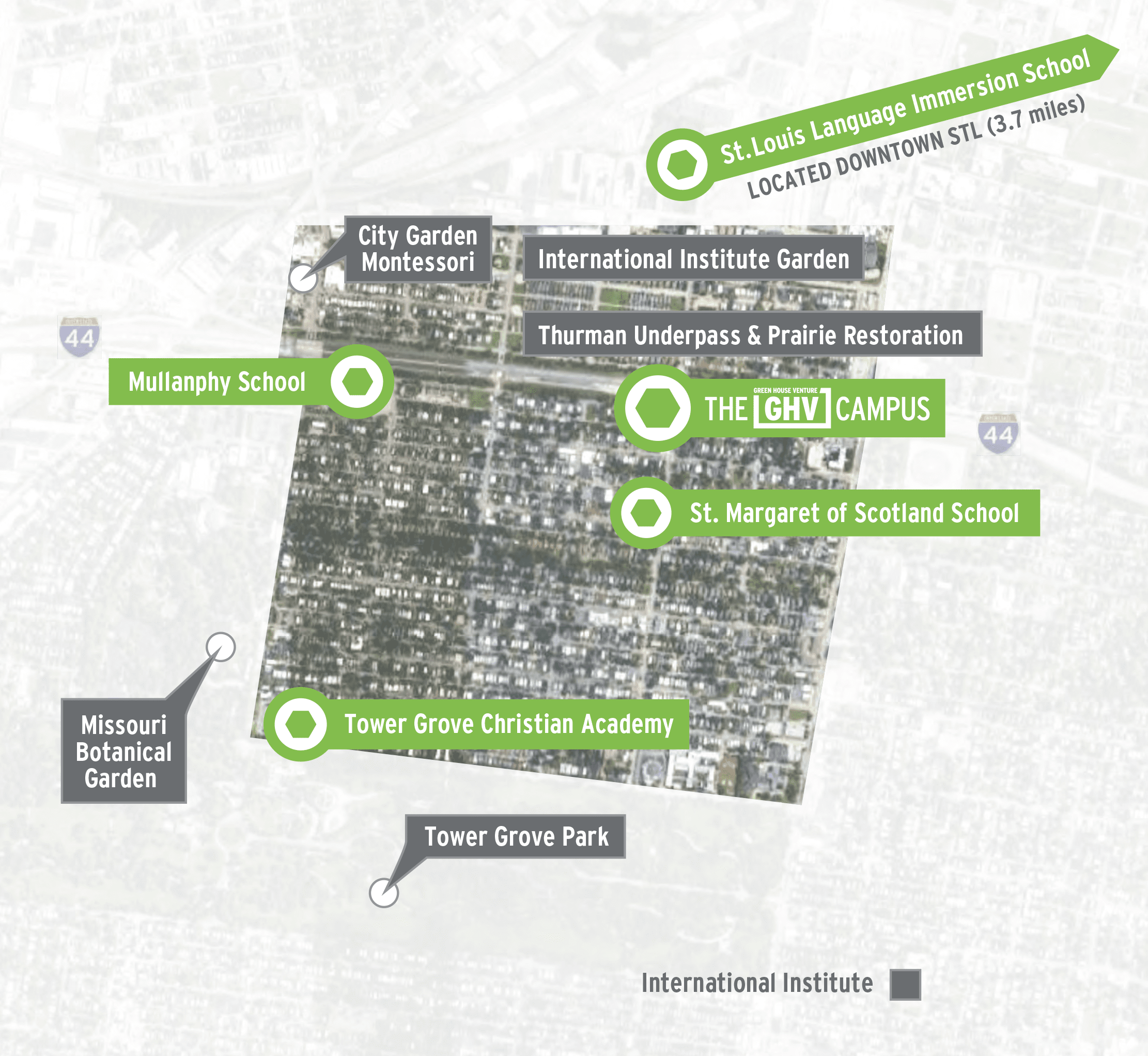
NEIGHBORHOOD BASED
The main physical space of the Venture program, called the GHV Campus, is built around an area that runs along the southside embankment of Interstate Highway 44 in South Central St. Louis.
The main components of the Campus include:
- Embankment Greenway, completed in 2021, featuring the following sections:
- Terrace Garden
- Pollinator Recovery Habitat
- Entry Gardens
- Demonstration Garden
- Education Center, a state-of-the-art learning facility scheduled for completion in time for the fall semester 2024
GHV Embankment Greenway
We wrapped up Phase 1 of the Campus in 2021 with the completion of the Embankment Greenway on the south side of Interstate 44 near our participating schools. This creative, first-of-its kind development in St. Louis utilizes urban spaces as reinvented growing areas. The focus is on native species including Indigenous and African American plantings, pollinator-friendly plants, and fully accessible agricultural beds for children of all abilities.
The 3.7-acre Embankment Greenway has been replanted, and the 8,000 square-foot Terrace Garden at the center of the Greenway is dedicated to growing an array of plants that students tend throughout the year.
Importantly, the Embankment Greenway is one of the first projects of its kind in the Midwest built in response to a 2015 directive from the Federal Highway Administration to integrate pollinator-friendly practices into landscape design and programs for managing underutilized roadside vegetation.
Students working alongside scientists explore the potential for using interstate highway margins to revitalize declining pollinator populations, including butterflies and the native bees that are essential for large-scale agriculture.
Spanning 1,700 feet along two city blocks, this innovative development is a model for introducing more ecologically diverse and sustainable growing areas along urban highway corridors across the entire country.
The entire Embankment Greenway—which is protected by a new guardrail and state-mandated safety protocols— will be tested regularly for soil nutrients and roadside contaminants, along with other important data. That information will allow research scientists and students to gauge the success of their efforts to expand the possibilities for feeding a growing planet.
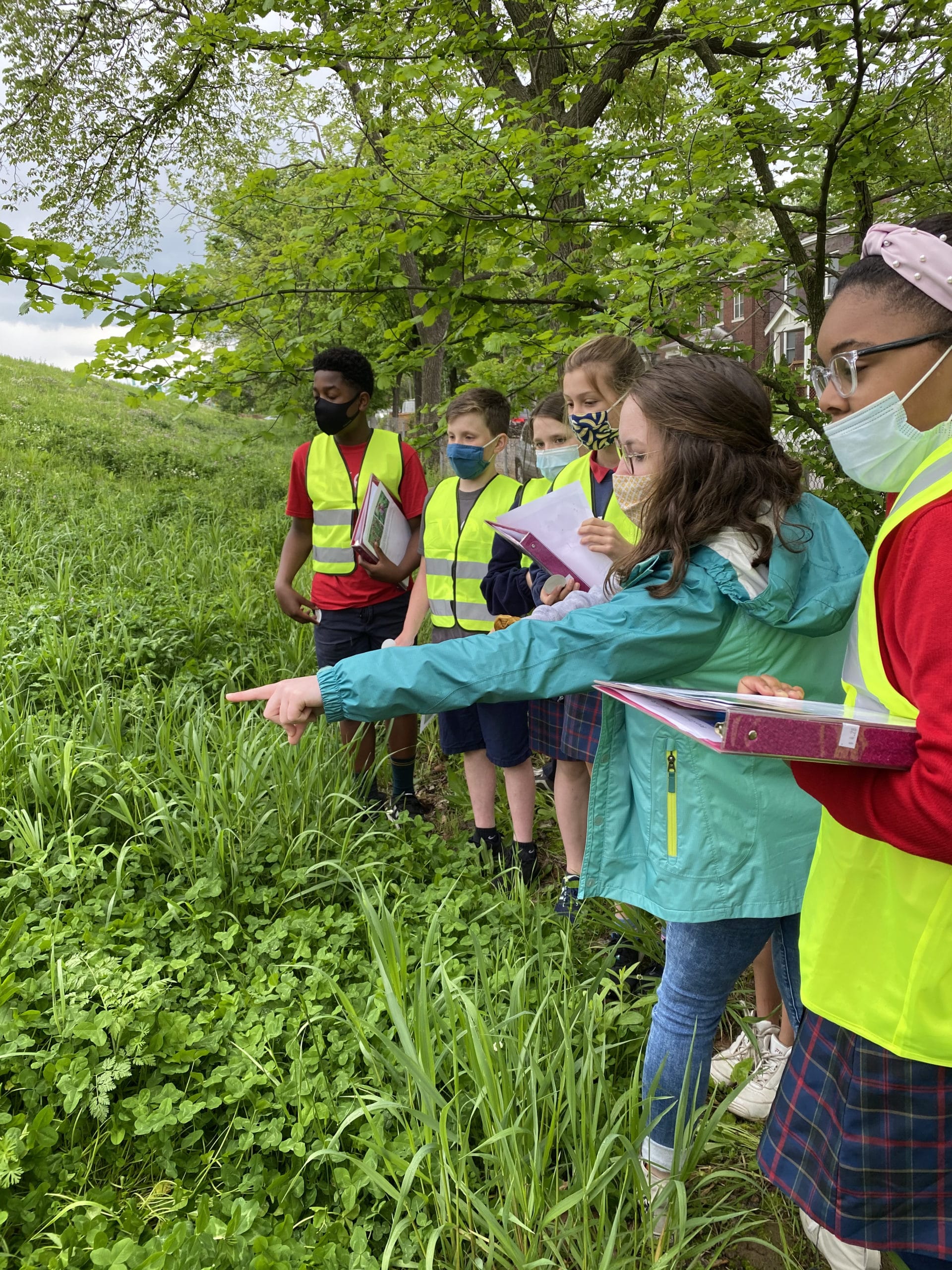
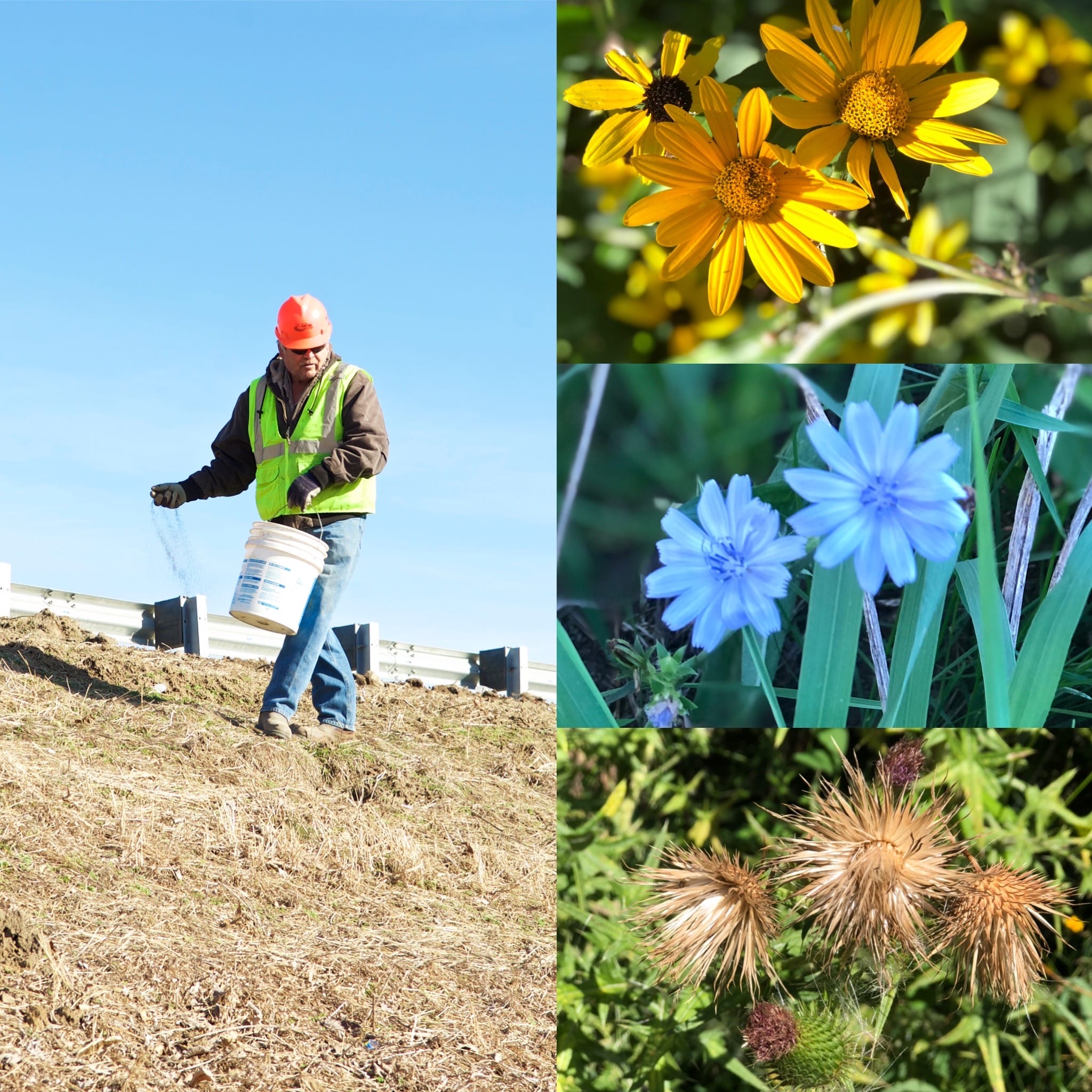
Terrace Garden
In the 8,500 square feet of the Terrace Garden that lies at the center of the Embankment Greenway, students will be able to study a variety of food crops.
As examples, the Saint Louis Zoo and its partner, Itshanapa Mabele of Cahoma Orchards, is introducing a terrace filled with crops favored by Native Americans. Harris-Stowe State University, a Historically Black institution, are devoting a terrace to foods traditional among African Americans.
Terraces also allow students to plant, cultivate, study, and harvest produce to cook with their families, using recipes and instruction provided by the Saint Louis University Department of Nutrition and Dietetics.
Other sections of the Terrace Garden are devoted to little-known native plants such as rock grapes, scarlet runner-berries, and paw paws. Indigenous nut and berry bushes provide a wind- break around the terraces, which are ADA accessible for children of all abilities.
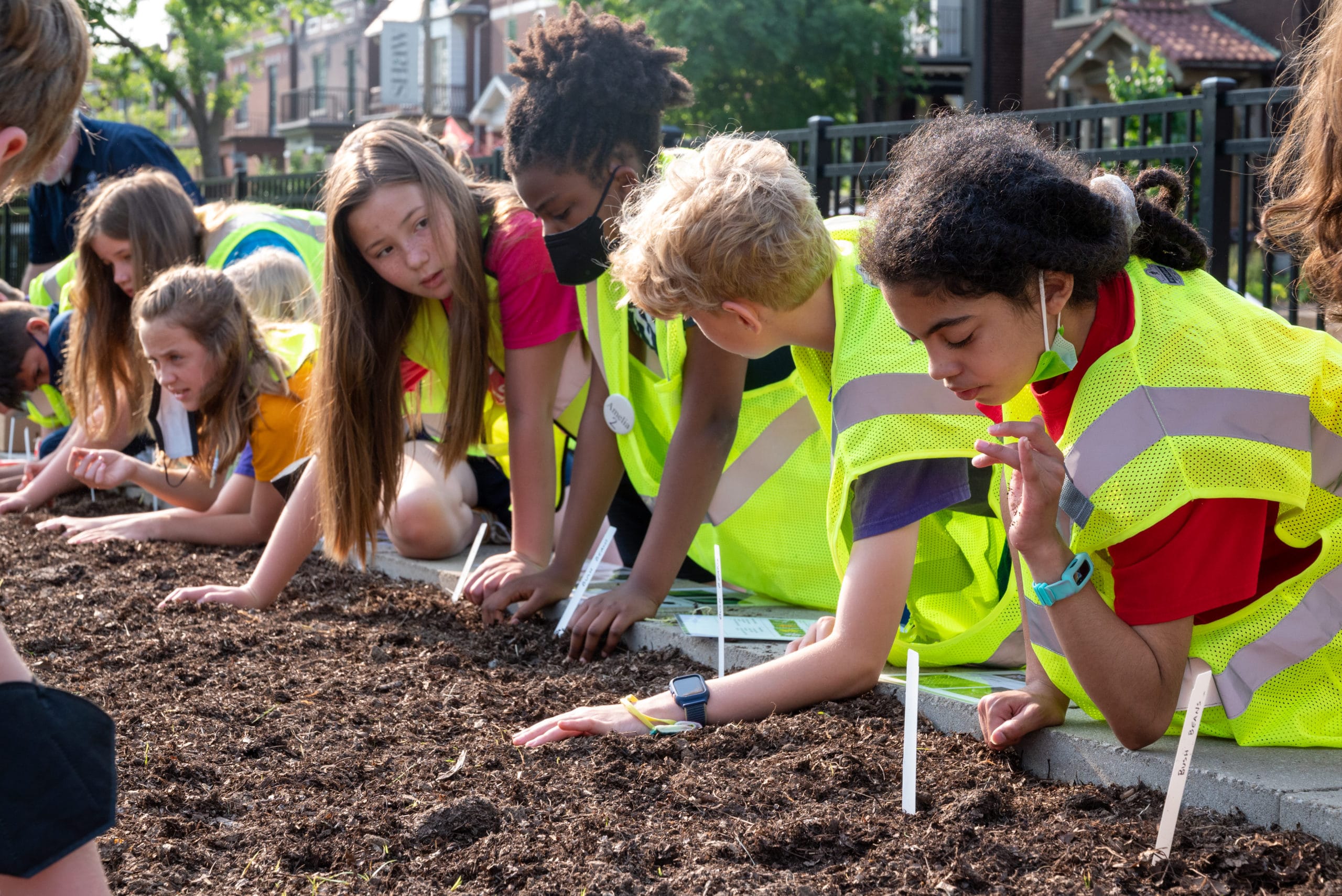
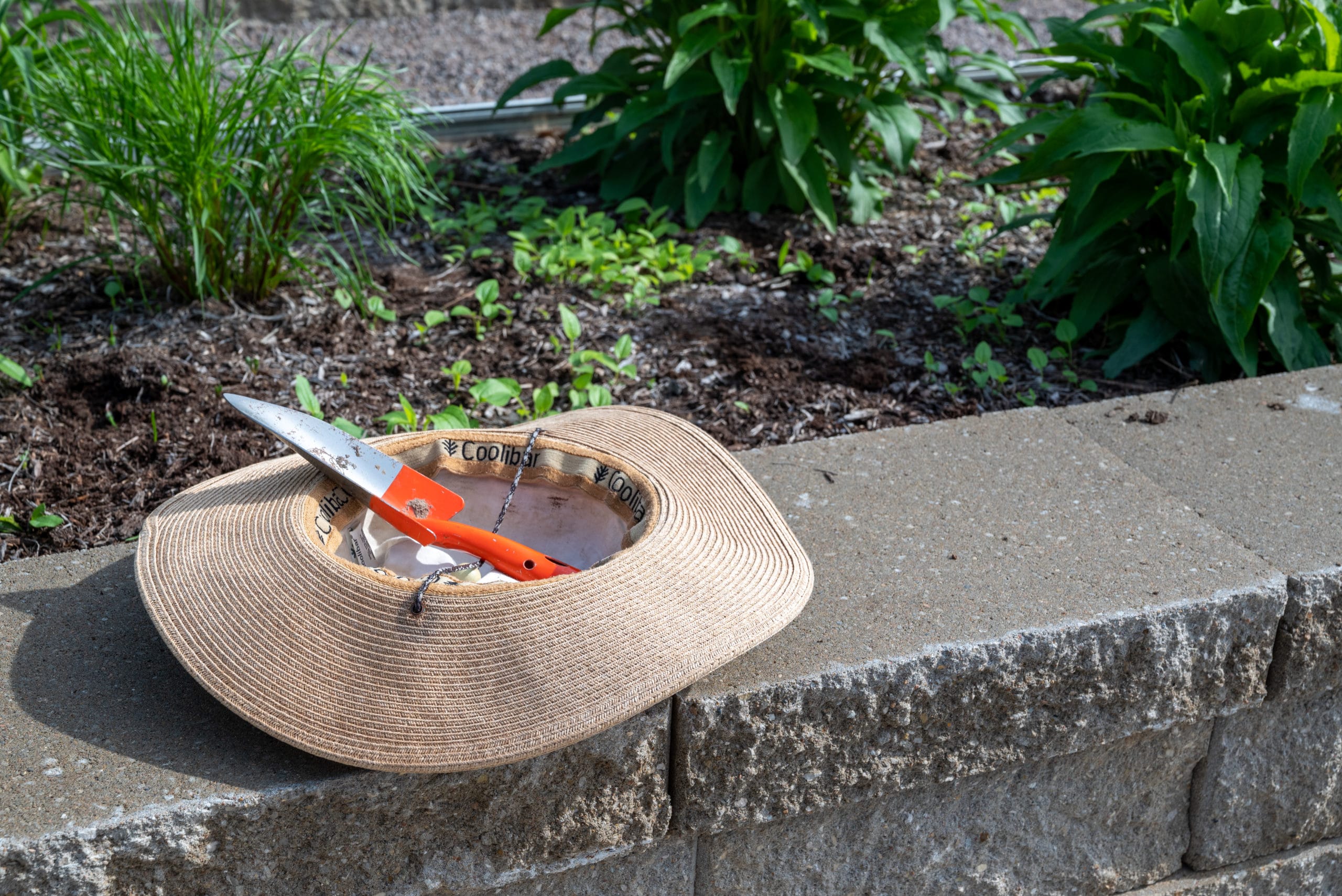
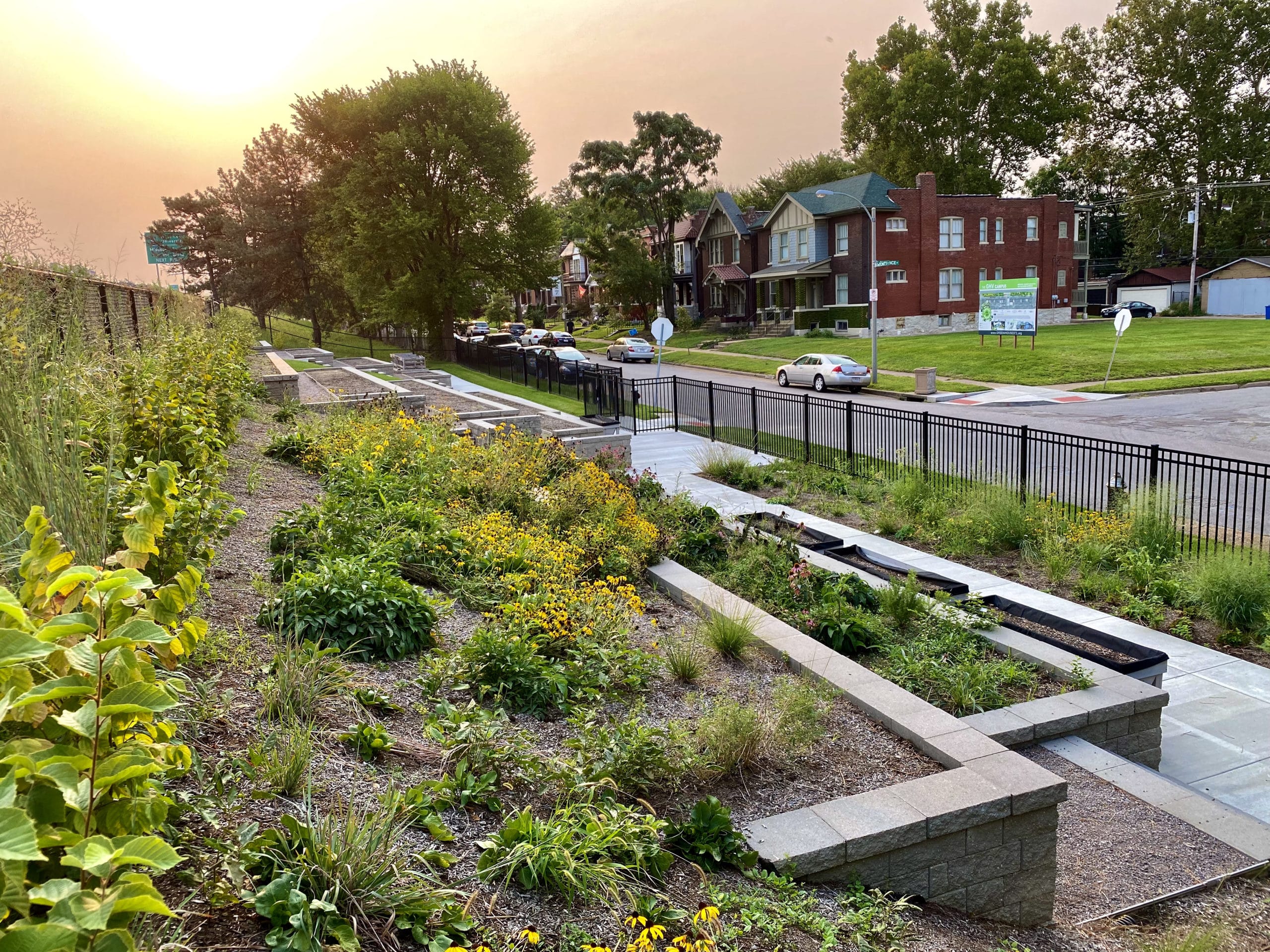
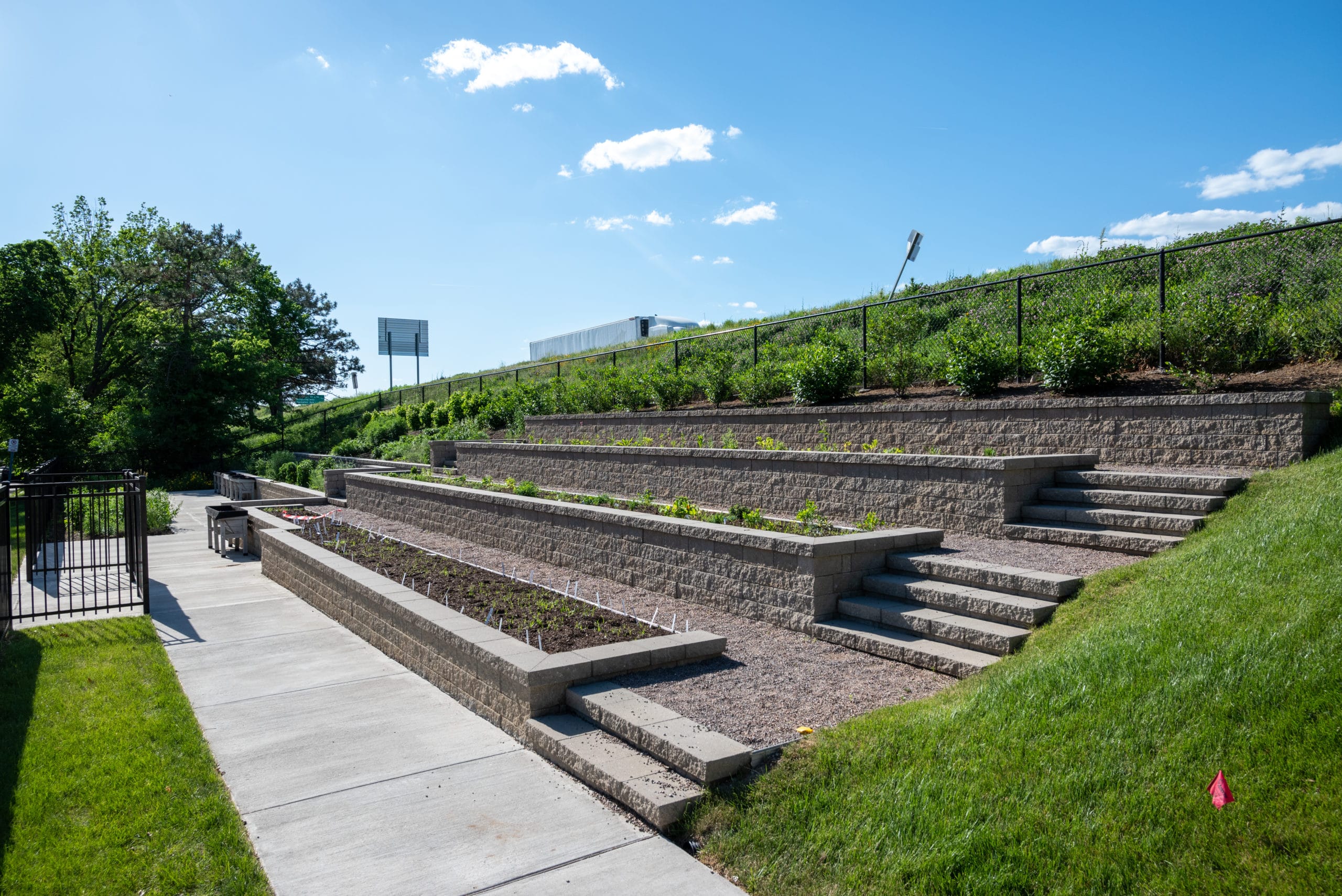
Pollinator Recovery Habitat
In the Pollinator Recovery Habitat, children learn about 28 species of native Missouri plants, grasses and wildflowers, as well as the many species of ground-nesting bees that thrive in the GHV’s Embankment Greenway’s nurturing environment.
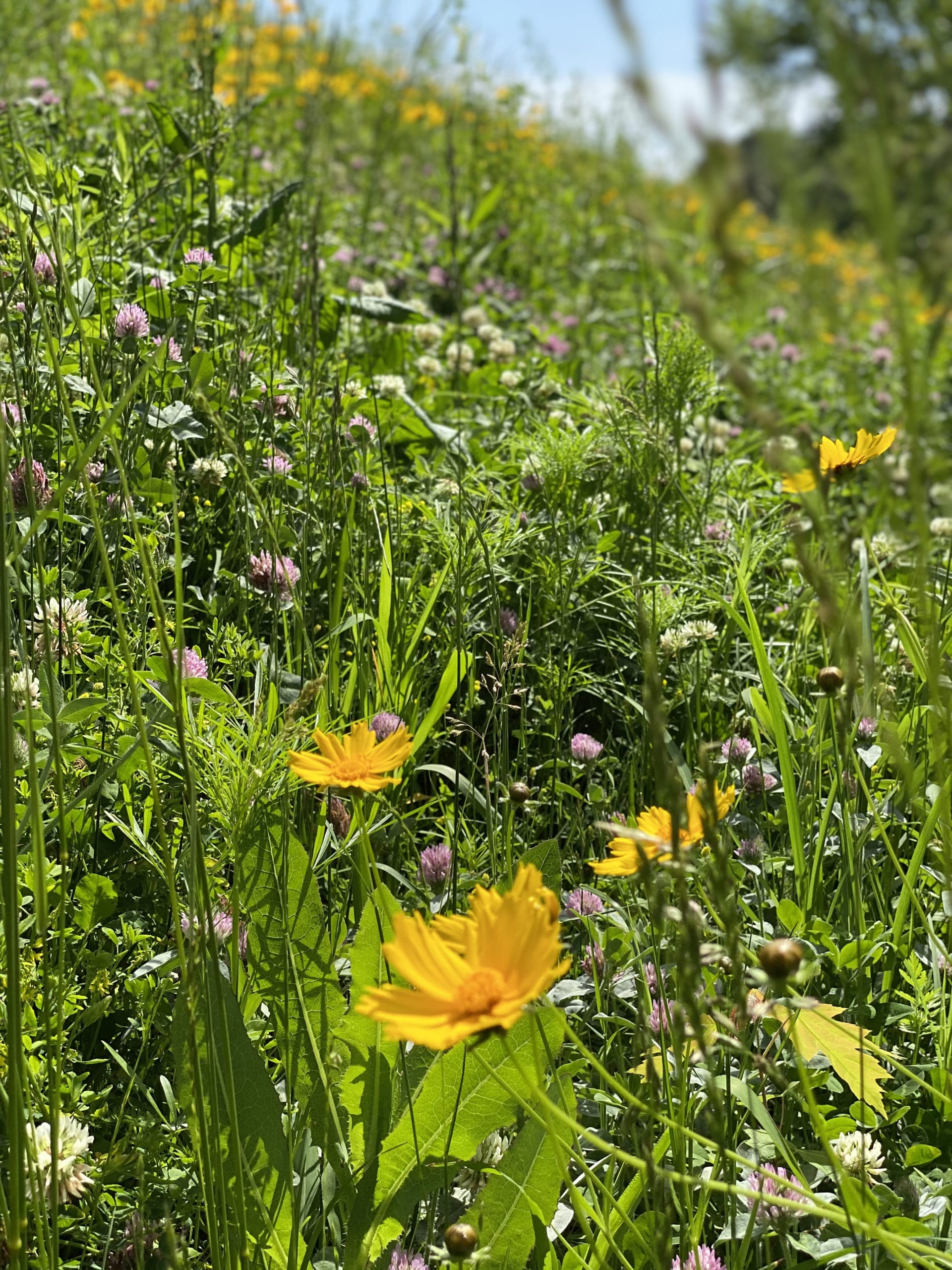
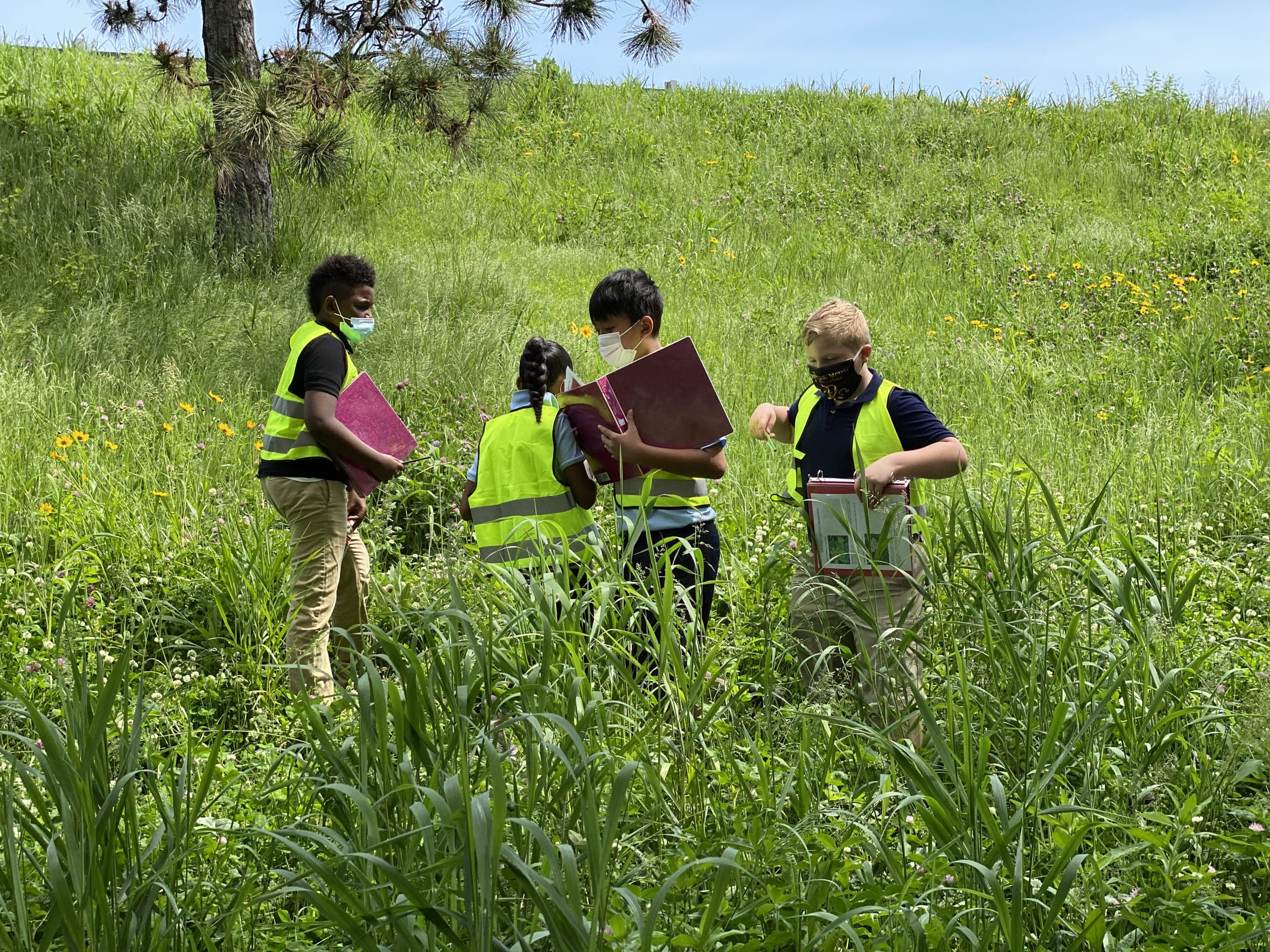
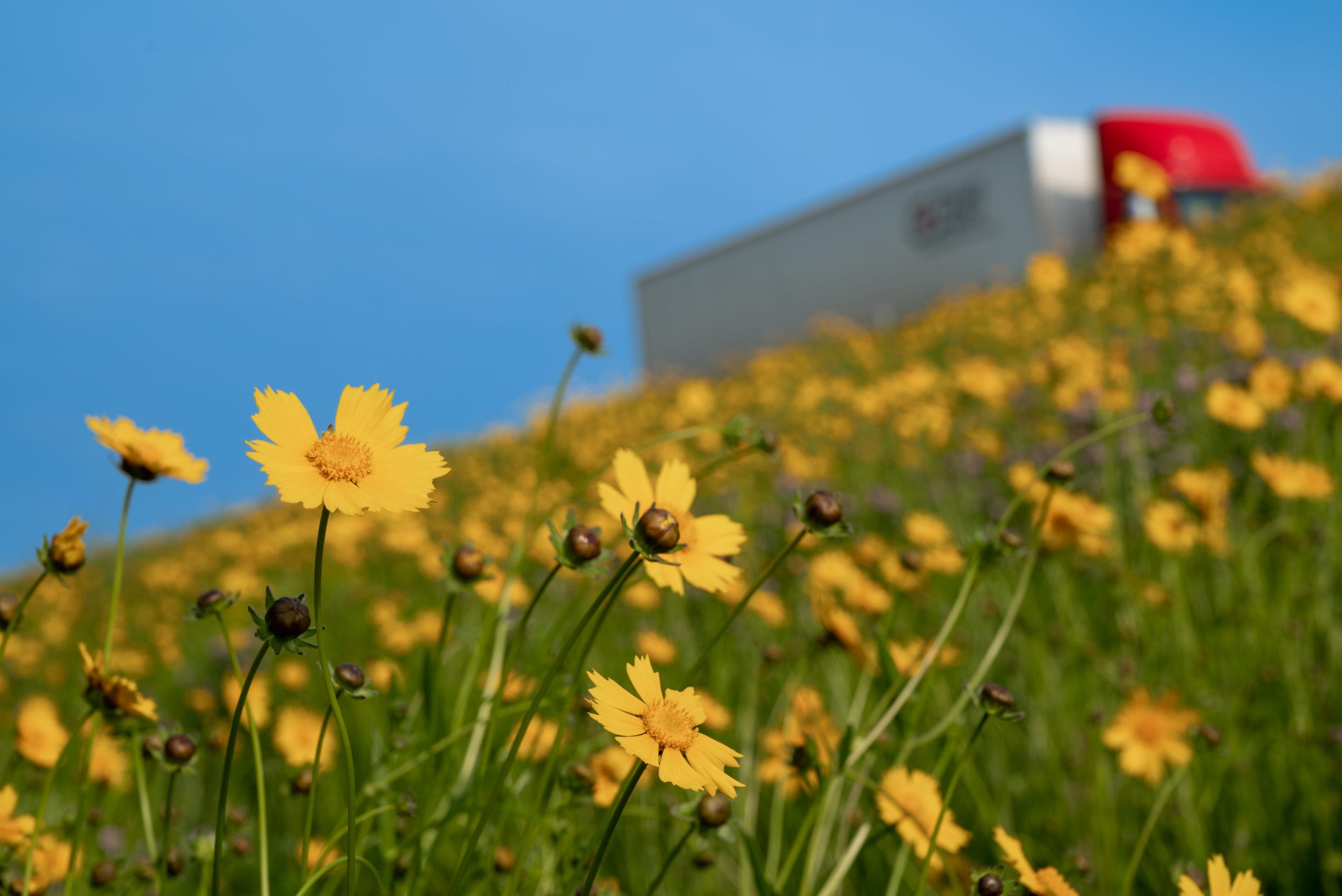
Entry Gardens
Two beautiful Entry Gardens have been created to organize and frame the east and west corners of the Embankment Greenway.
Native cultivar plants were selected for size and a concentration of color through the season to highlight the more varied and naturalistic character of the seeded prairie area between and behind the corners.
Planted by Focal Pointe and maintained by Missouri Master Gardeners, some of the flower and plants are specifically designed to attract pollinating bees and butterflies and revitalize their population.
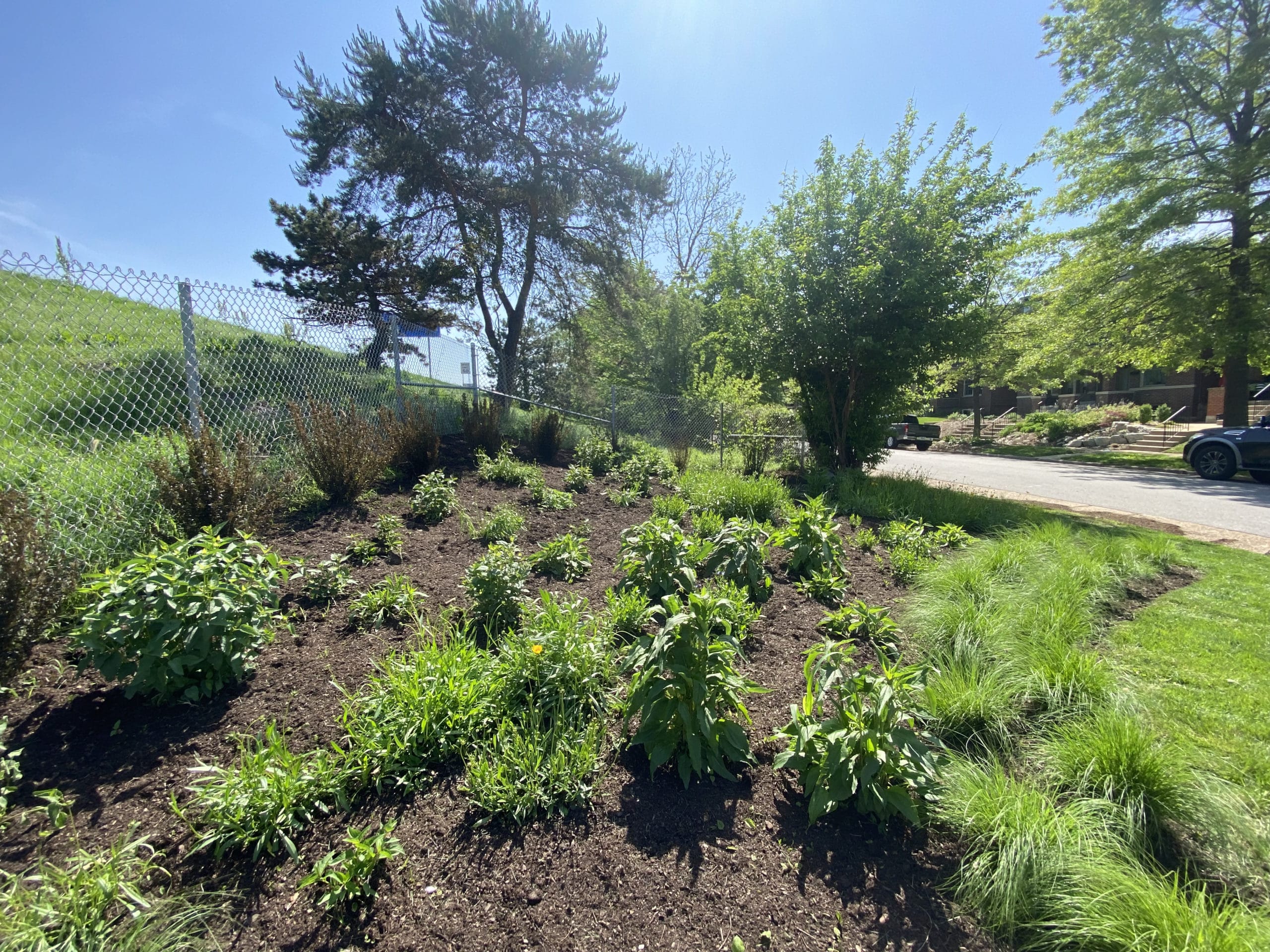
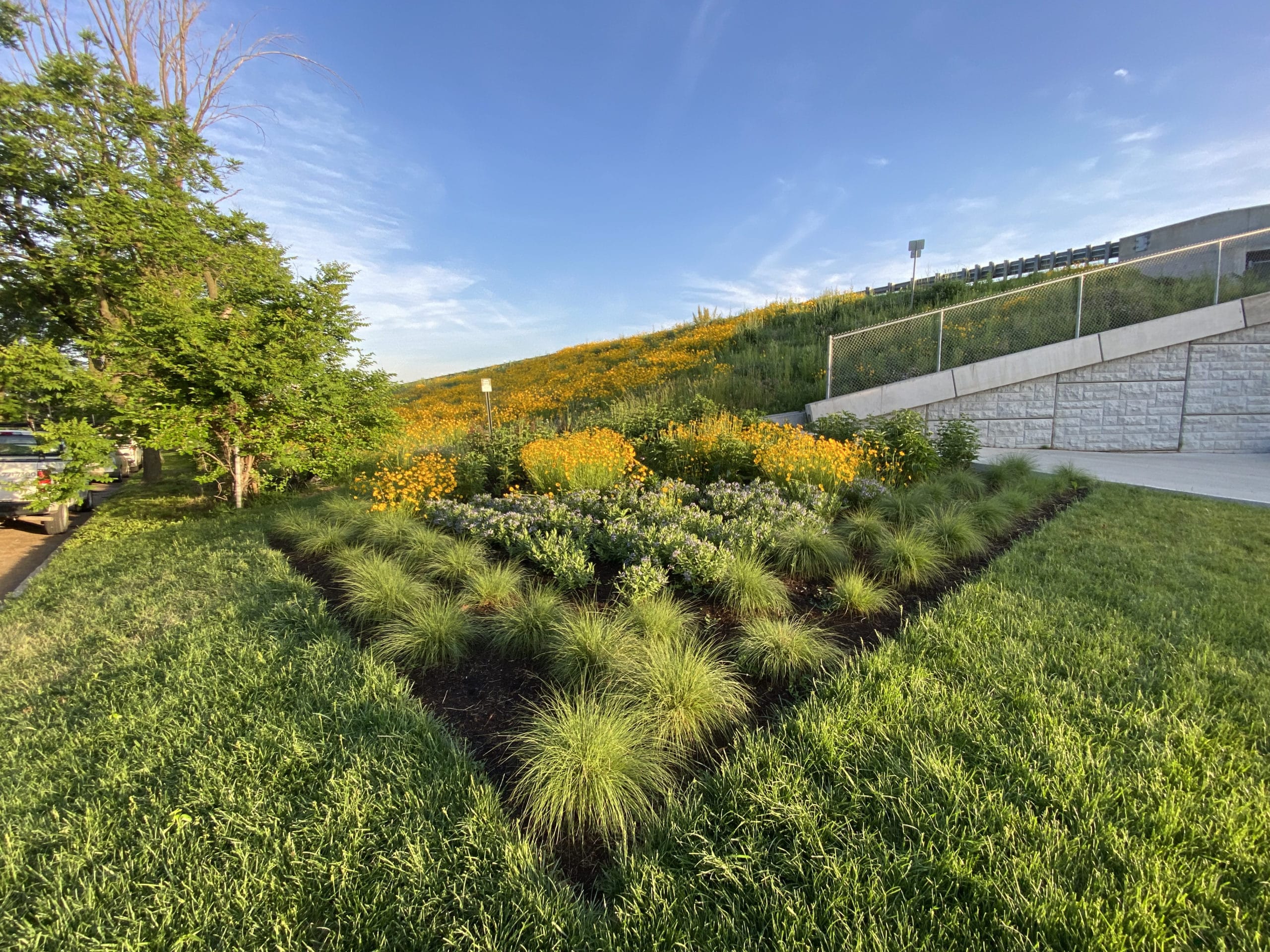
Embankment Collaborators
Partners in the design, development and maintenance of the Embankment Greenway include the Missouri Department of Transportation, the Federal Highway Commission, the landscape architectural firm DTLS, the seeding company Native Landscape Solutions, the Missouri Extension Service and Master Gardener Program, the St. Louis Board of Public Service, the Metropolitan Sewer District, Accurate Disbursing, Focal Pointe and Brake Landscaping.
The Embankment Greenway project has been made possible through the generous donations from numerous individuals and institutions throughout the St. Louis area.
Education Center
The new Education Center will follow universal design strategies as well as best sustainable building practices to ensure accessibility and longevity while promoting green technology.
The center will have 9,000 square feet of space for gardens, classrooms, and urban agricultural areas for students to gain hands-on experience in STEM curriculum.
The state-of-the-art Center will be nestled among vibrant, diverse neighborhoods, including Shaw, Botanical Heights, and Midtown. Tower Grove Park, a Venture Partner, and the Missouri Botanical Garden also are in close proximity to the Center, allowing for accessible field trips and outdoor education opportunities.
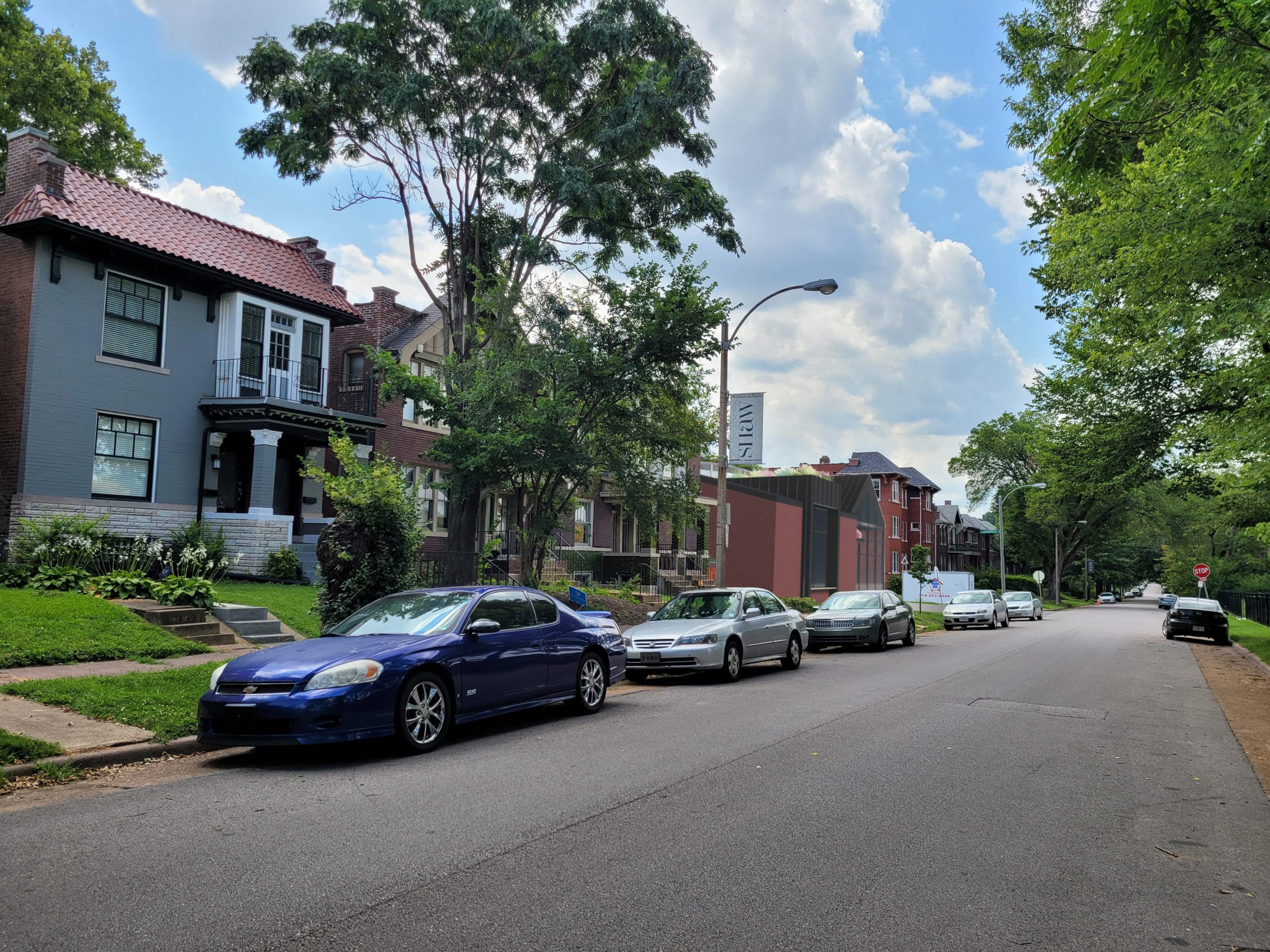
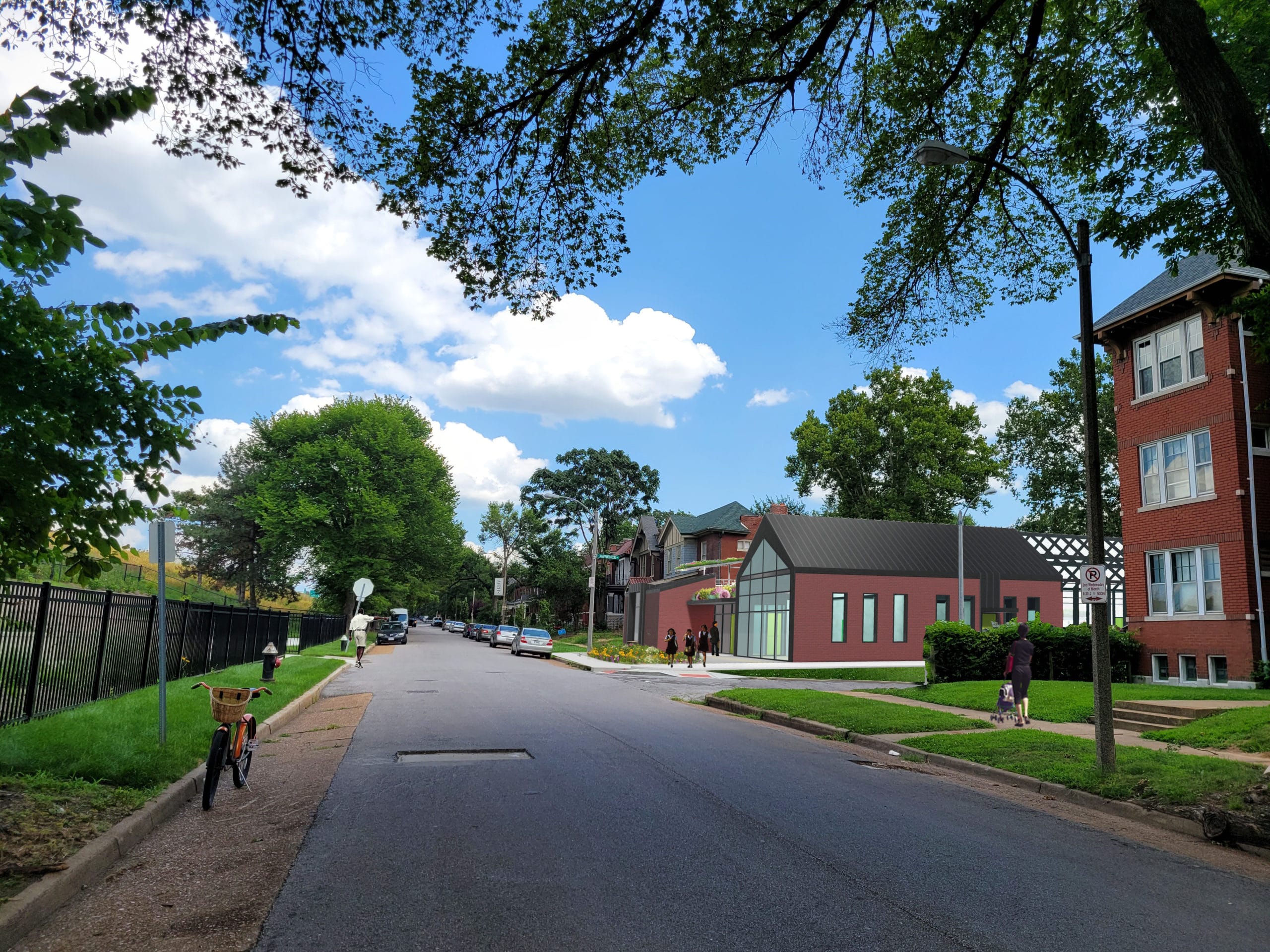
When completed, the Education Center will allow students to learn about an array of growing methods with access to the following key features:
- Multi-purpose classrooms and labs for experiments/demonstrations
- Hydroponics and aquaponics systems for soilless agriculture and fish cultivation
- Advanced technology for broadcasting, media education, and expanding collaborations
- Outdoor classrooms and growing spaces
- Vertical growing in courtyards
- Roof-top agriculture
- Greenhouse spaces and different kinds of gardens (pollinator, trellis, terrace, ozone, etc.)
- Demonstration kitchen for nutrition lessons and preparation of food grown in gardens
- Event space and gallery
- Students will also encounter advanced science and engineering technologies, including:
- Solar arrays and hydrogen cells
- An ozone garden
- A weather station
- Sustainable heating and cooling systems
- Rainwater collection systems for irrigating plants and minimizing runoff

